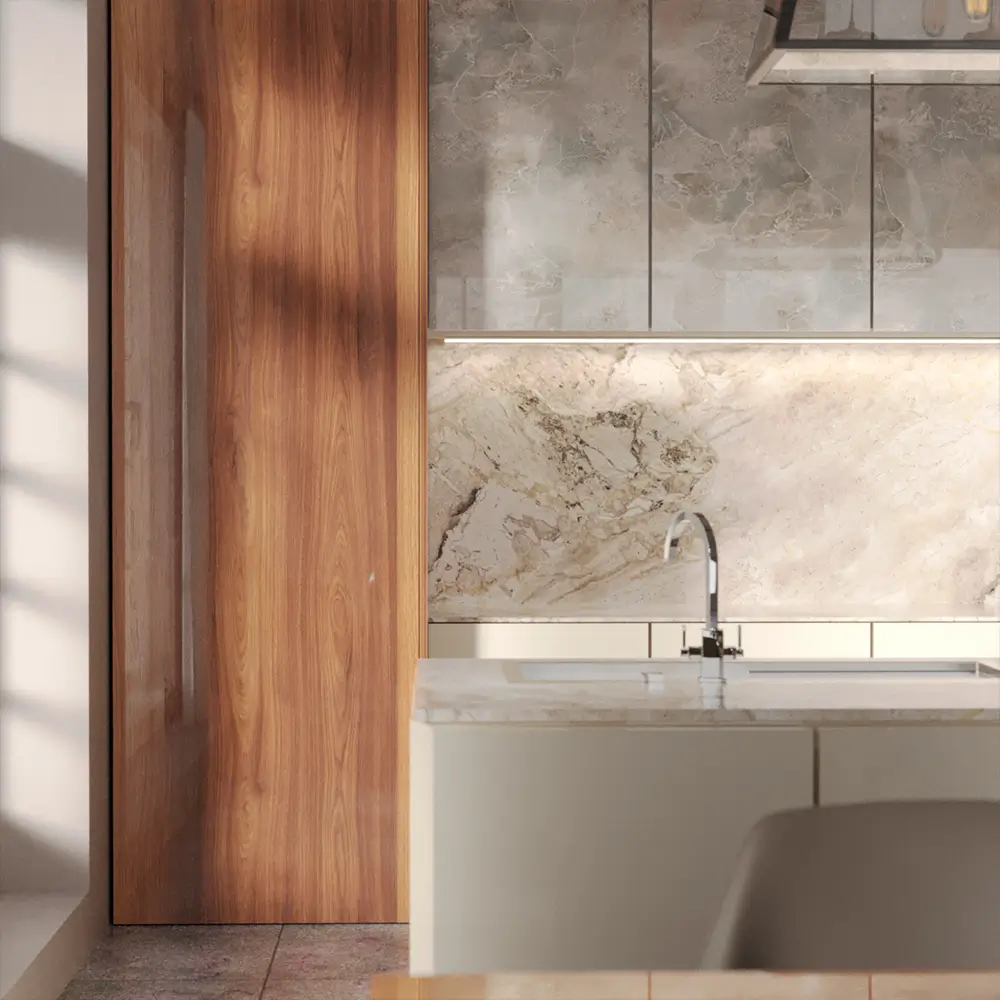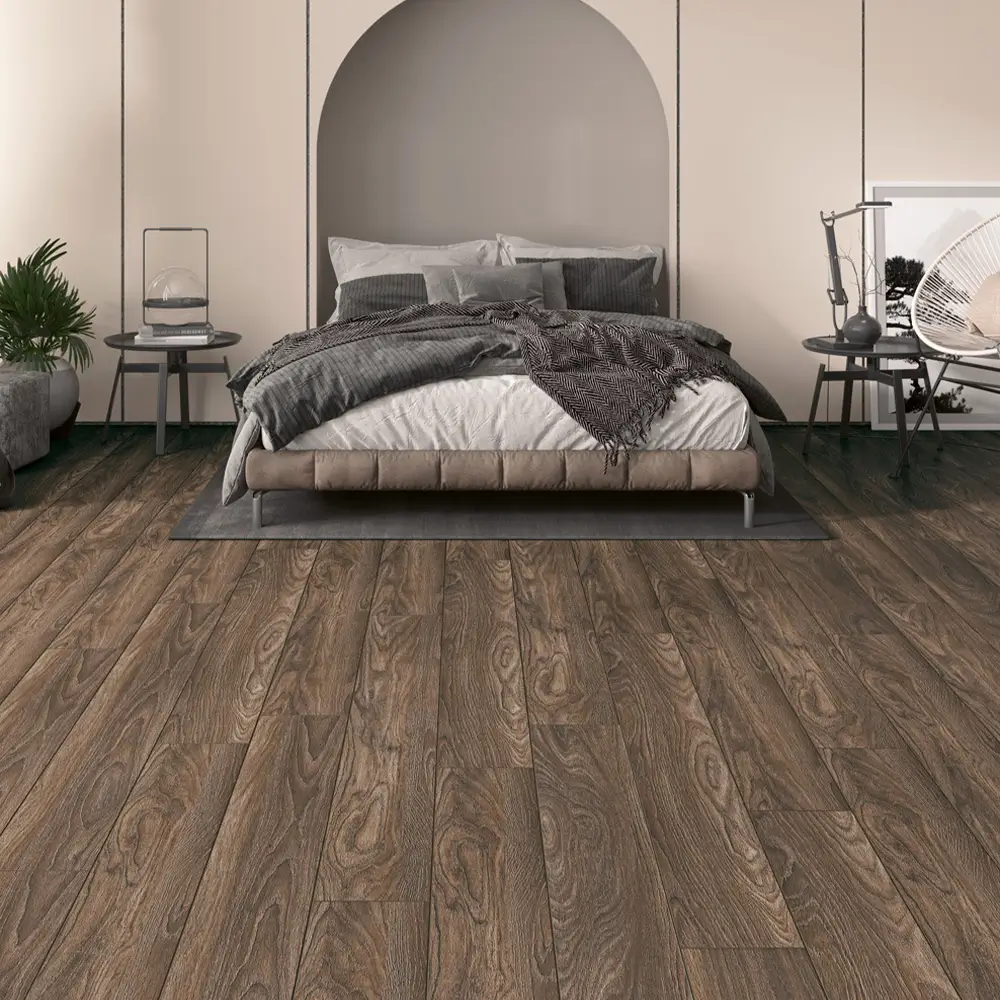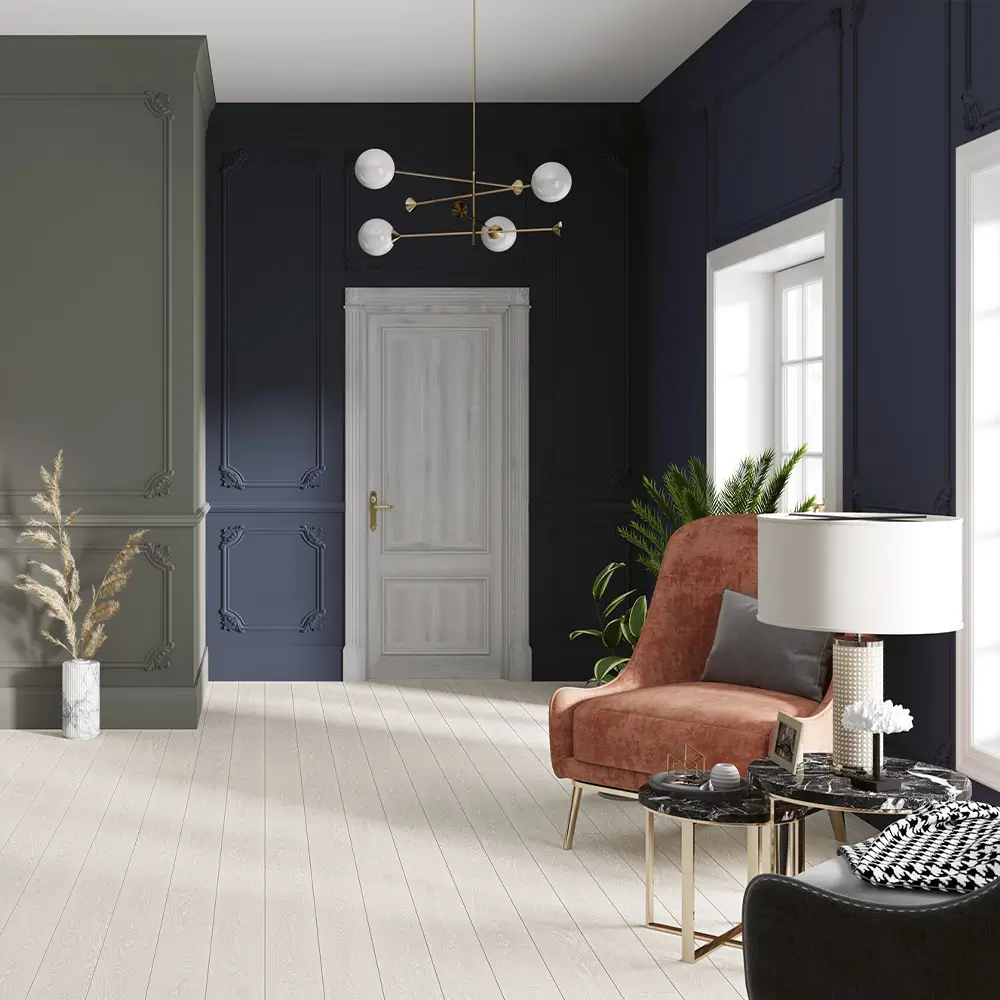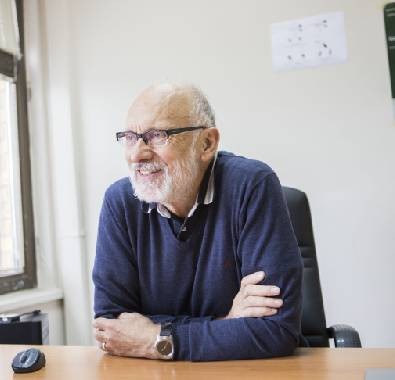
Category
inspiring ideas
inspiring ideas
Working in the fields of Structural Stability, Timber Engineering, Seismic and Timber Structures, Ario Ceccotti lectured at the Department of Architecture, Construction and Conservation at the IUAV University of Venice and was Director of the Institute of Forestry and Wood (IVALSA) at the National Research Council (CNR) in Italy. Ceccotti, who started teaching as a guest lecturer at Boğaziçi University Civil Engineering Department in the 2018-2019 Academic Year, answered our questions on forest products and wood.
How did you decide to focus on wood and especially wood structure in your academic studies? Is Wood Engineering a common specialty in the world?
Ario Ceccotti: As a civil engineering student in the late 60s and an avid reader of Jean Dorst and Rachel Carson books, it was inevitable that I would respect the environment in my future work in the practice of wood engineering. Wood seemed to me at the time to be an essential material for an environmentally friendly construction industry. You cut down trees and they regrow with solar energy, so it requires less energy than other building materials that can be used as renewable structural materials, and also - this was not a consideration at the time - wood has the capacity to "sequester" CO2, thus contributing to reducing global warming.
The most important point here is that the use of forests must comply with sustainable use protocols such as FSC® (Forest Stewardship Council®) or PEFC (Pan European Forest Certification), which allow a certain amount of trees to be cut each year. In other words, "preserving capital and using only a small fraction of the annual interest". So that forests are treated properly. The commercial use of wood provides economic benefits to investors and brings value to investments. In this case our slogan is: "Use wood to save forests".
I then continued to work with structural timber as a university researcher, conducting special studies on new wood-based materials such as CLT (cross laminated timber) and their seismic performance. The wood that we knew in the past as a weak, rotting, and burning material has nothing to do with the wood we use today. There has been some very impressive research in the last three decades. In Europe and Türkiye (maybe not known but TSE: Turkish Standards Institute, CEN: A member of the European Committee for Standardization), their building design is based on Eurocode - the European Building Design Code. These codes set standards for wood (Eurocode 5) as well as concrete (Eurocode 2) and steel (Eurocode 3) materials used in buildings.
Wood engineering is highly developed all over the world; national and international conferences are organized every year (WCTE being the most important one: World Wood Engineering Conference, next to be held in Chile in 2020); universities and research centers are increasingly focusing on wood engineering. There is a wide range of research from the material level to the building level. Despite this, wood researchers are still relatively few compared to concrete and steel.
Apart from its structural use, how do you evaluate the use of wood as flooring, roofing, facade cladding material and similar uses?
AC: The structural use of wood in today's sense is quite new. The non-structural use of wood or wood-based materials such as flooring, ceilings, and cladding goes back much further. Whether or not to prefer wood to other materials is the subject of architectural design and the result of some decisions made by the designer. Is it possible to say that wood costs less or looks better? Is wood more environmentally friendly, does it have better sound absorbing or reflecting performance, would you feel better in a room with all the walls covered with wood, or can wood regulate the humidity in the room? All these points should be known to the designer and considered before final decisions are made. These considerations should also be taken into account when the subject is handled in the wood engineering section.
Wood is generally an expensive material in Türkiye and good wood craftsmen are hard to find. For this reason, wood-based products such as MDF are used in large-scale constructions. Can you tell us about the structural properties of these materials and the environmental impact of the industrial forests used in their production?
AC: I think Türkiye should allocate time and budget to qualify its own wood according to International Standards. You have a lot of forests and you have a great responsibility to use them sustainably. You can also create new nurseries with some fast-growing species - I don't see anything wrong with that, especially if you are going to develop marginal areas in your region on the footsteps of wood engineering. From pine to spruce to chestnut, your woods can be used structurally as solid wood as well as glued laminated wood or, more recently, cross laminated wood.
But according to CEN standards, many laboratory tests are required to certify their reliability. Once this is done, your tree can be sold not only in Türkiye but also in the rest of the world, making a huge contribution to your economy. These standards will guarantee the use of each piece of timber as a structural load-bearing element. Of course, a management center is needed to manage this whole process. But in Türkiye, we already have the Ministry of Forestry providing the wood, Forestry Faculties testing its performance and civil engineers analyzing it.
As one of the wood-based materials that can be used structurally, the mechanical properties of MDF (Medium Density Fiber Board) are listed in European product standards and requirements. It is also possible to mention some advantages of MDF. Compared to solid wood, for example, the fire resistance of MDFs can be increased by modifying their chemical components by adding resins. In addition, MDF panels can be resistant to fungi or ants by adding appropriate additives to the adhesive, depending on the climate zone in which they are used. Thanks to today's CNC machines, the timber we use today can be shaped in factories to an accuracy of 1 mm, leaving workers to assemble the appropriate pieces on site like a giant lego, using long smart screws and mechanical fastening systems. At this point, the craftsmen can be instructed quite simply and the renaissance of wooden construction can be possible in Türkiye. Your country's performance over the past centuries is one of the most advanced in the world: You have the largest wooden structures in Europe, such as the six-story orphanage in Büyükada. The Hımış technique is known as one of the most earthquake-resistant building techniques.
What do you think about the use of wood in hybrid structural systems?
AC: Nowadays, new wood-based products such as CLT and LVL (Laminated Veneer Lumber) are pushing the boundaries of wood construction. There even seems to be a secret race to build taller wooden structures. One thing must not be forgotten: Wood is as durable as concrete. So you might think of building a skyscraper out of wood; but unfortunately, the elasticity coefficient of wood is 1/3 of that of concrete, and this ability to change shape plays an important role in design. At this point, hybrid systems may be the solution. A mixed concrete-wood structure can combine the rigidity of concrete with the lightness of wood. A good example is the Brock Commons building on the campus of the University of British Colombia in Vancouver, where the concrete core is wrapped in a wooden lattice.
As an academic specialized in this field, how do you evaluate the current state of wood engineering education? Have you taught at architecture schools before or have there been architecture students who have taken lessons from you?
AC: Today, I think we need to bring wood engineering back into engineering faculties and the structural use of wood should be taught to engineering students. The most recent academic study on this subject is by Abdullah Türkmen from ITU in 1948, and there has not been a single study since then.
I don't know the situation in architecture faculties in Türkiye, but I think architecture students are more familiar with wood. Because they are always pushing their own creativity to take their designs to new ground. When I was teaching in Venice, I witnessed the interest of architecture students in wood; they are always curious about the use of new materials or new ways of applying a familiar material. But - unless we are talking about the reproduction of an existing building or a simple restoration project - how can they offer a client a new structure made entirely of wood without the support of engineers? ■
Publication imprint:
Ağacın İzinde: "Interview with Ario Ceccotti",
Arredamento Architecture,
May 2019/331, pp. 44-45.


